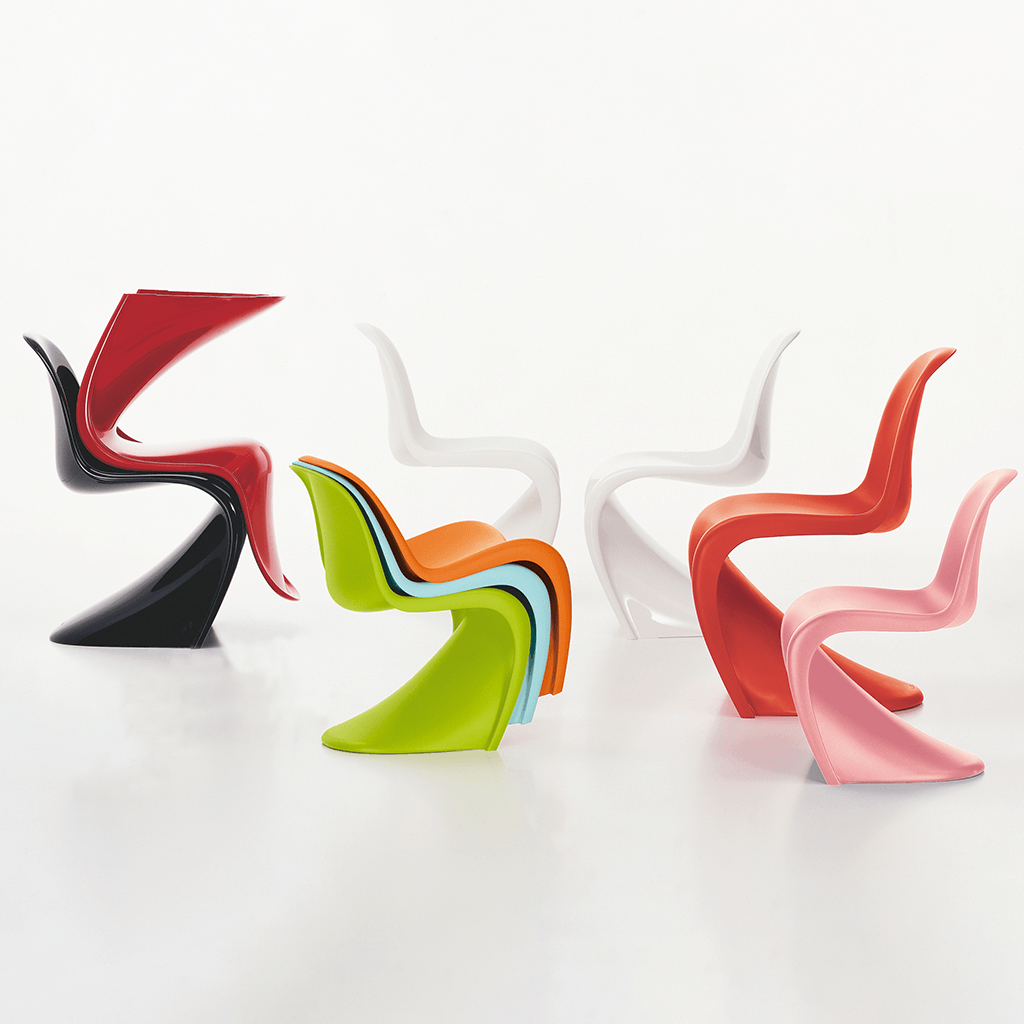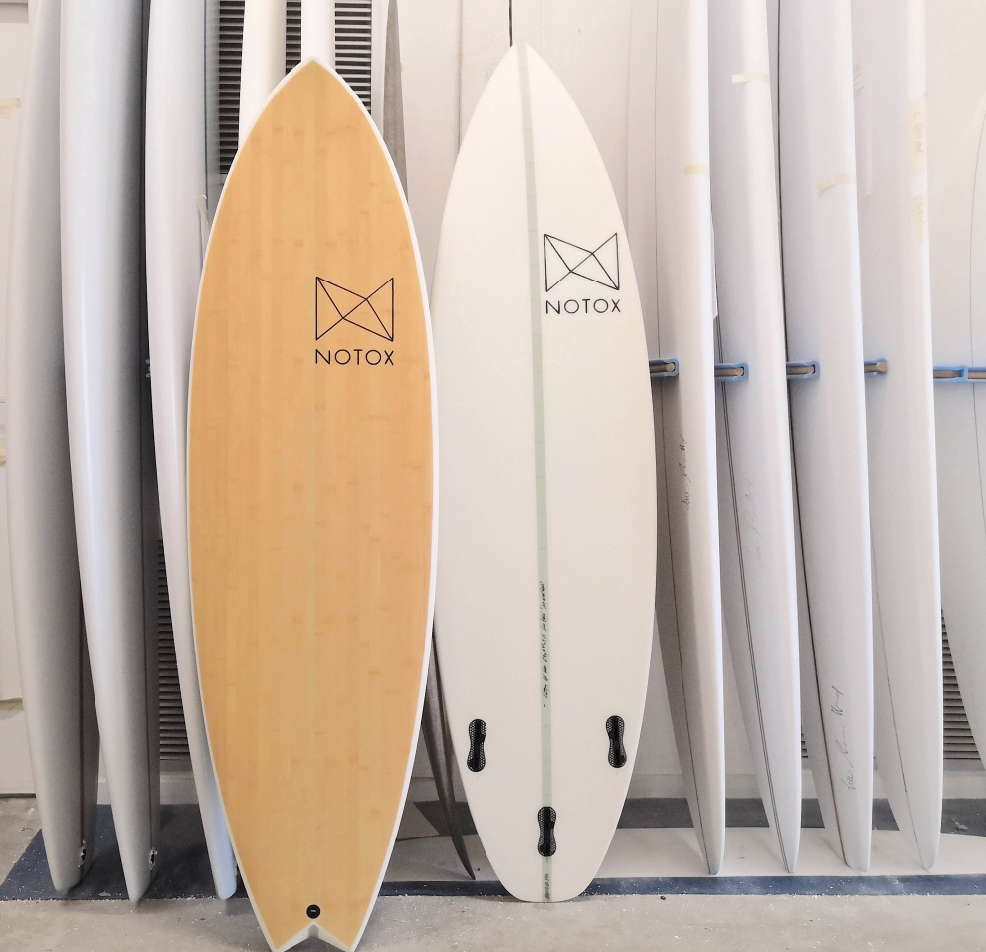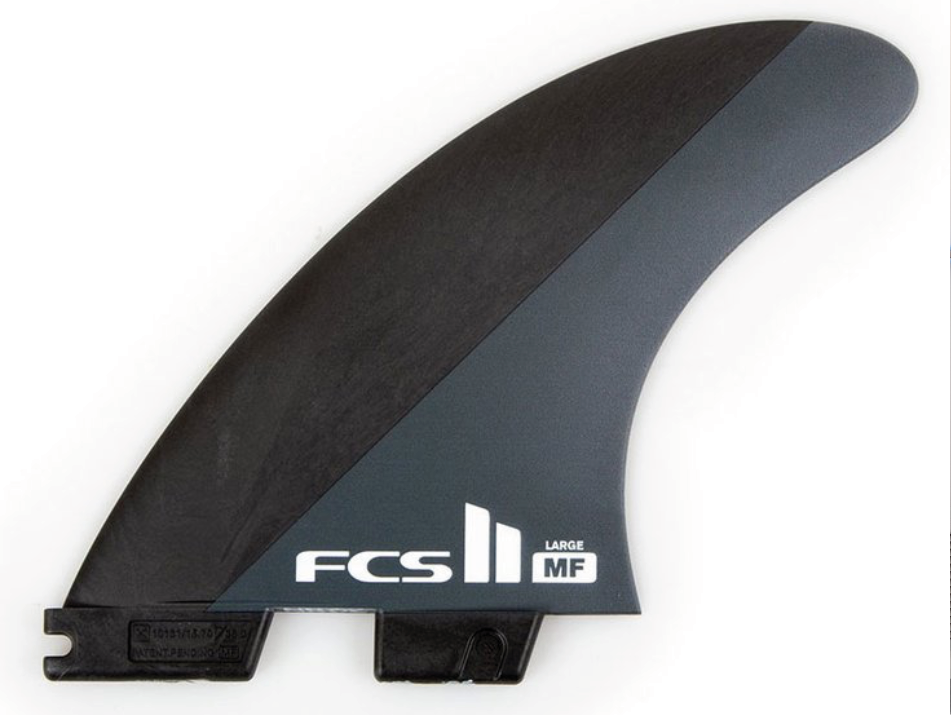Surfing made its debut at the Tokyo 2020 Olympic Games (postponed to 2021 due to the COVID-19 pandemic). This legendary cultural sport was added to the Olympic programme as part of the International Olympic Committee’s (IOC) ongoing efforts to introduce more contemporary and appealing sports, and reflect changing global sporting preferences.
How composites help players reach the podium
Composite materials have revolutionised surfing by offering boards with greater performance, versatility and durability. They enable surfers of any level to enjoy the best possible experience on the water because of improved board design and performance. Compared to traditional materials such as wood and foam, these boards have many advantages.
Composites can be used to create boards that are lighter, more flexible or stiffer, depending on what is required. They are easier to handle, faster and more responsive to waves. When it comes to durability, composite boards are more resistant to knocks, dings and scratches. By using epoxy resin combined with glass, carbon or natural fibres, the boards are also more resistant to bad weather and salt water.
As well as the above benefits, more environmentally-friendly surfboards can also be manufactured using composite materials. If they are made from recycled materials, they are less likely to deteriorate, and in turn this reduces the amount of waste produced. Composites are being used more and more for surfing equipment. New materials and new technologies are likely to be developed in the future.
Composite applications poised to win medals
Making surfing more eco-friendly
Notox surfboards are made in France, in the Anglet workshop, in the Basque country. These products are part of an eco-design approach that aims to provide equipment designed and manufactured in line with the ecological values of this age-old sport.
The majority of surfboards available on the market are made from fiberglass, which uses a huge amount of energy during the manufacturing process. Notox boards replace 80% of the fibreglass with certified renewable materials such as flax, white beech and cork. Notox has joined forces with Sicomin to help develop a biobased epoxy resin, GreenPoxy 56, which is used to manufacture Notox boards.
To reduce the environmental impact of surfboard production, a small amount of resin is applied to the surfboard fibres, followed by vacuum bagging. This process generates a more consistent outcome, providing two-fold advantages. Firstly, a lighter and sturdier board. Secondly, a significant reduction in the environmental footprint associated with the sport.
Notox is also very proud to support physically impaired surfers, by offering boards tailored to the needs of each individual. As a result, Notox is able to offer an unparalleled surfing experience accessible to all.
Carbon fins to better harness the ocean
Fins, much like the size of a surfboard, play a pivotal role in influencing responsiveness and overall performance. Fins are important because they give the board stability, control and direction. Composite materials are used in many models.
Fins can be made from a combination of fibreglass and honeycomb. This makes them solid and can be as rigid as they are flexible. When honeycomb is added, the fin is lighter. Fibreglass and honeycomb fins are an excellent option for short boards because of their flexibility and lightness.
Fiberglass and carbon fins incorporate carbon fibre into the fiberglass, resulting in fins that are not only lighter and stronger but also optimise their stiffness and flexibility.
FCS (Fin Control Systems), an Australian company which operates internationally, has launched FCS II Mick Fanning Neo Carbon Tri Fins. Mick Fanning – the Australian star of the sport – was involved in the development of this fin, which is made from carbon fibre on a honeycomb structure, for an ultra-light, ultra-strong fin.
Introduction to the discipline
Surfing’s origins go back several centuries, and lie mainly in the Pacific, between Tahiti and Hawaii. However, it is Hawaii that most people traditionally believe to be the historical cradle of surfing.
Surfing is an integral part of Hawaiian culture, and to a greater extent of the territories and atolls conquered by the Maoris during their long migrations across the Pacific Ocean. Although surfing is now considered a competitive sport and is enjoying worldwide success, it was initially an integral part of the island people’s special relationship with the ocean. Originally an activity rooted in spirituality, surfing was initially exclusive to the upper classes, elevating those who embraced the sport to the status of heroes.
In the early 20th century, surfing began to spread outside Hawaii. This was largely due to demonstrations by Hawaiian surfers such as Duke Kahanamoku, three-time Olympic freestyle swimming champion and one of the pioneers of world surfing. In the 1950s and 1960s, surfing gained in popularity, driven by the film industry and Californian culture. Nowadays, surfing is practised all over the world by millions of people of all ages and from all walks of life.
By introducing surfing to the Tokyo 2020 Olympic Games, the sport has been hailed as a way of bringing the Games closer to the culture and way of life of certain host regions, in this case Japan. Surfing has remained an Olympic sport since its introduction, bringing a unique and dynamic dimension to the Olympic Games. Surfing is one of the sports that promotes strong environmental values, and the surfing community is committed to preserving the marine environment.
Events
For the 2024 Olympic Games the shortboard has been chosen. It is faster and more versatile than a longboard, and is ideal for performing tricks and manoeuvres. During the event, the athletes will ride a specific wave. Afterwards, five judges will score the performance on the basis of the variety of the sequences completed, the difficulty of the moves, and the speed and power of each competitor.
International federations
The International Surfing Association (ISA) is recognised by the IOC as the world governing body for surfing. It was founded in 1964 as the International Surfing Federation. Since then, it has organised the world championships and, since 1980, the world junior championships.
The ISA recognises the following categories: surfboarding; longboarding; bodyboarding; kneeboarding and tandem surfing, where two competitors (one man and one woman) perform a series of acrobatic poses on the same surfboard. Other recognised categories include stand-up paddling, skimboarding and bodysurfing.
The ISA currently has 116 member countries across 5 continents. The federation strives to make the world a better place by fostering a connection with the environment and self-fulfilment, to align with the inherent values of respect for nature which are integral to surfing culture.”
The ISA’s aim is to make surfing accessible to as many people as possible by promoting inclusion, regardless of gender or disability. The federation’s four pillars (integrity, passion, innovation and respect) ensure that surfing is successfully represented throughout the world.
International Surfing Association
On the road to Olympic and Paralympic Games












